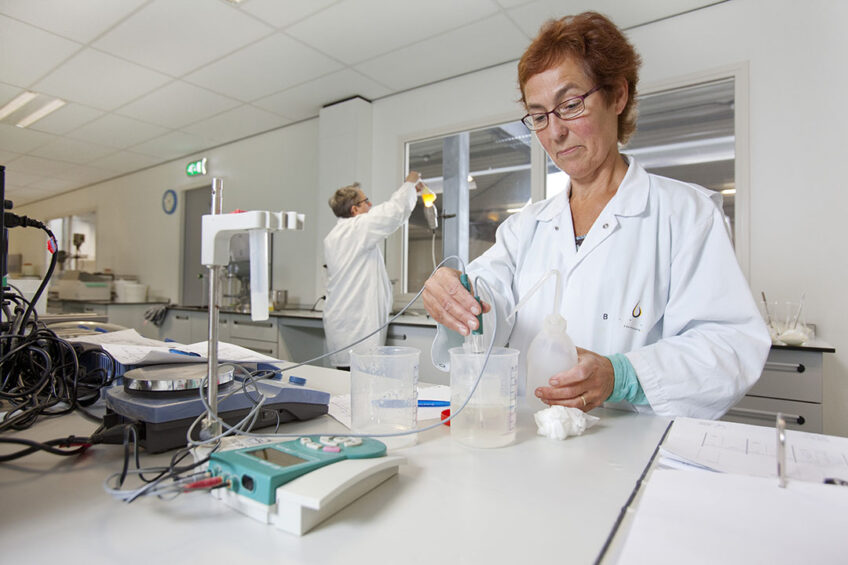Coalition calls for poultry food safety to be updated

Poultry companies have joined forces with consumer groups, academics and food safety leaders to call for a meeting with US Agriculture Secretary, Tom Vilsack. They want to make a case for a modernised, science-based regulatory approach to ensure the food safety of poultry products.
The companies, which include Tyson Foods, Perdue Farms, Butterball and Wayne Farms, have linked up with the Centre for Science in the Public Interest (CSPI), Consumer Federation of America, Consumer Reports and Stop Foodborne Illness, to ask for modernised United States Department of Agriculture poultry food safety standards that are “objective, risk-based, achievable, enforceable and flexible” enough to adapt to evolving science.
Illnesses from Salmonella and Campylobacter, which are commonly found on poultry, account for 70% of the foodborne illnesses tracked by the Centres for Disease Control and Prevention. These bacteria sicken 3 million people and cost US$ 6 billion annually. While the federal government set targets in 2010 to reduce the illnesses as part of its Healthy People 2020 goals, it failed to meet the tergets and rates for both have remained unchanged.
Scientific knowledge has greatly increased
In a letter to Vilsack, the coalition said: “While progress on reducing foodborne illness has been at a standstill, scientific knowledge of Salmonella has greatly increased and recognised best practises for Campylobacter and other pathogens has advanced. Science tells us that current performance standards do not effectively target the particular type of Salmonella and the levels of bacteria that pose the greatest risk of illness, and the overall regulatory framework does not adequately harness modern tools for preventing and verifying control of the bacteria that are making people sick.”
Sarah Sorscher, CSPI deputy director of regulatory affairs, said that when the federal government failed to meet its own goals for reducing the incidence of foodborne illness, it was clear that a new approach was necessary. “Our coalition of consumer groups, academic experts, poultry companies and survivors of foodborne illness stands ready to support Secretary Vilsack and the USDA team in modernising our poultry safety,” she added.
Support for changes across the poultry sector
Analysts said they were surprised by the level of support for changes across the poultry sector. Dan Flynn, editor of Food Safety News, said he believed Vilsack would want to give the coalition a hearing. “It’s not just because Vilsack’s own food safety record could use some improvement, but also because his Deputy Undersecretary of Food Safety is uniquely suited to work with this sort of group. Before she moved over to USDA as the deputy last March, Sandra Eskin was known for bringing multiple stakeholders together to work on food safety problems from her previous perch at the Pew Charitable Trust.”












